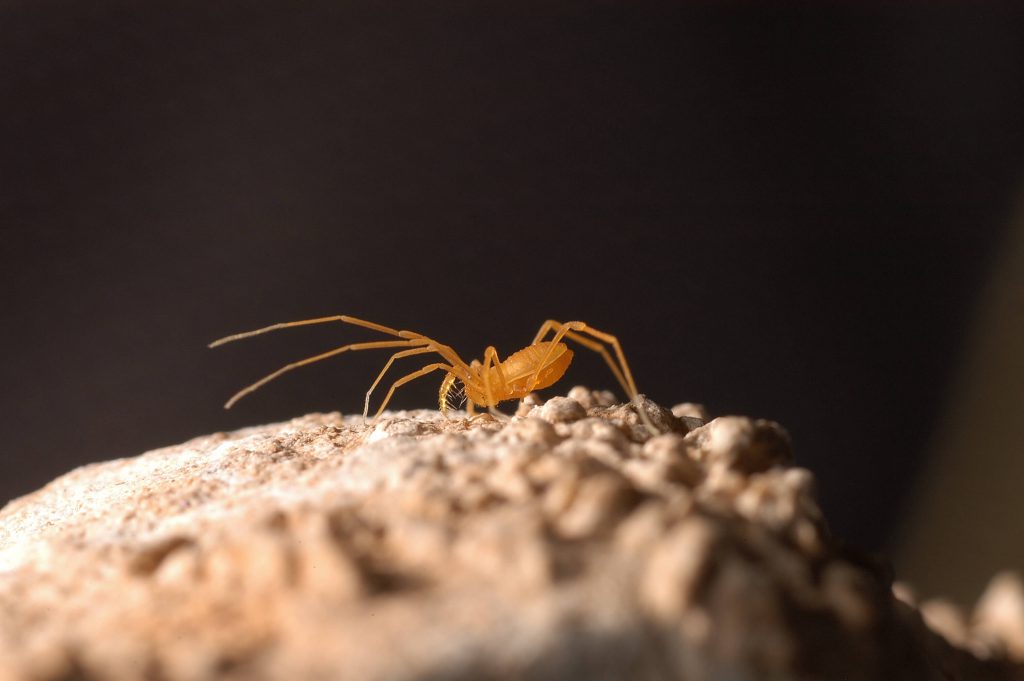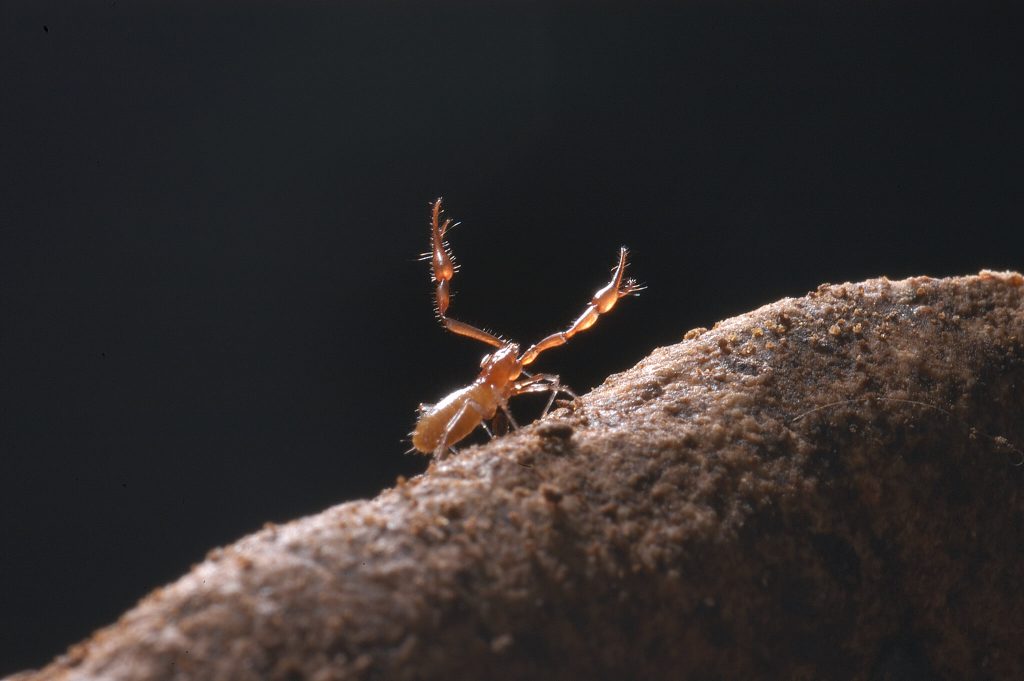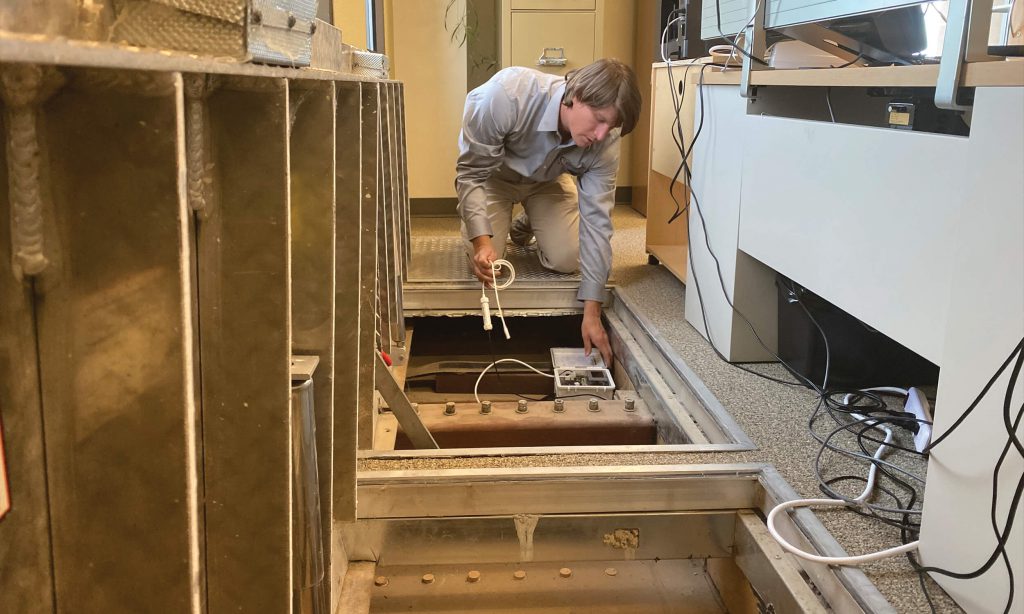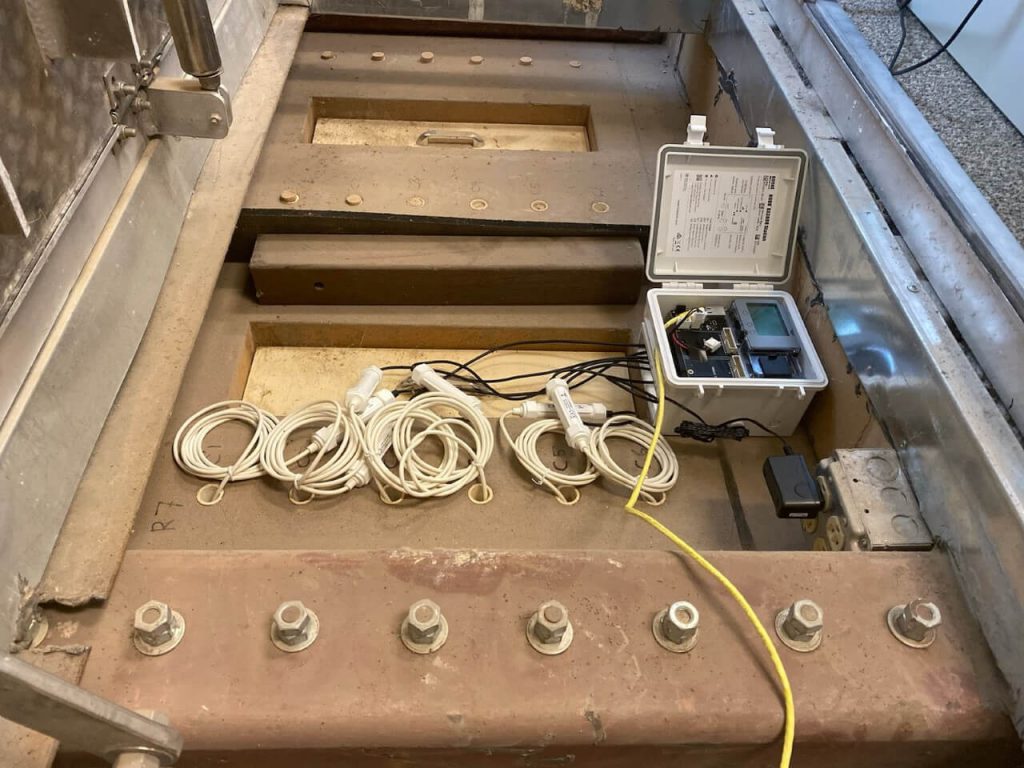Protection & Management
NCKRI Cave and Karst Management Projects
NCKRI has long been engaged in cave and karst management projects. Recently, we’ve increased the number of our projects, and many are in support of our national parks. NCKRI has had two employees where a large part of their jobs is to serve as the national lead on caves and karst for the US National Park Service (NPS). Joel Despain was the first, and after he retired, Dr. Pat Seiser became NCKRI’s Cave and Karst Management Science Director. This collaboration is a fabulous opportunity for both organizations.
NCKRI’s cave and karst management projects are diverse, with a few listed below in two groups. For information on cave and karst management in general, visit our Cave and Karst management pages.
National Park Service Projects
Golden Gate National Recreation Area
An inventory of the park’s sea caves has been going on for several years. The caves are important habitat for some coastal creatures in the San Francisco Bay Area. They often hold remnants of shipwrecks, mines, old buildings, industrial activities, pipelines, and more. These relics are important artifacts and help tell the story of a great city.
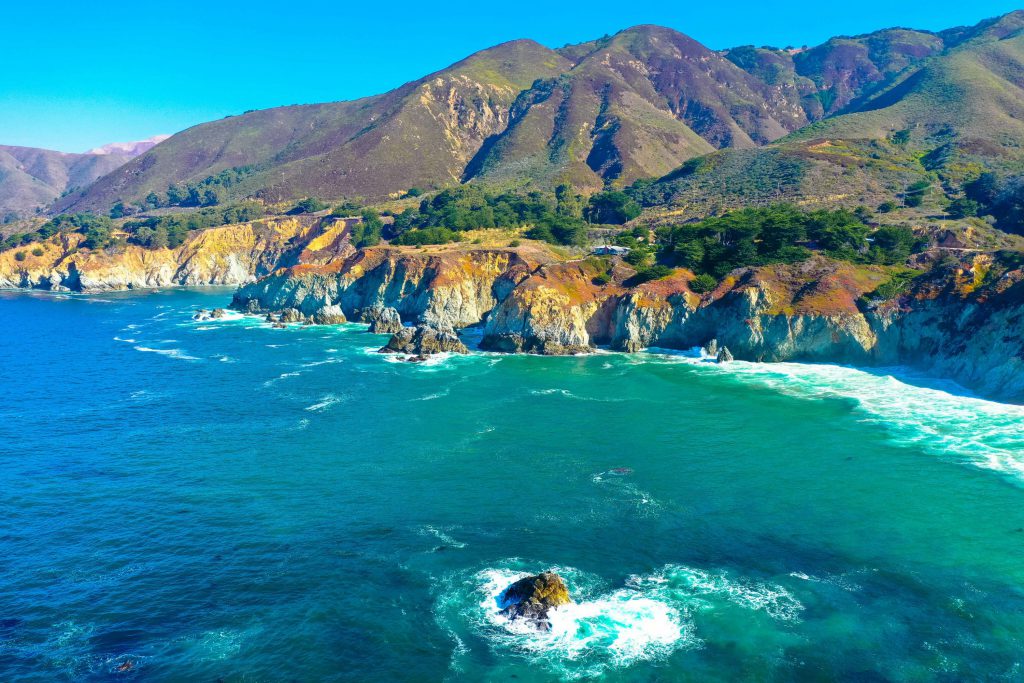
In some cases, the sea caves are pounded continuously by surf and are not safe to enter. Paul Burger, National Park Service Alaska Region Hydrologist, developed a technique originally for the inventory of sea caves in Kenai Fiords National Monument to document these features. Using linked range finders and GPS devices, he can locate the cave and document its extent from a bobbing and weaving boat.
To keep the normally land-locked NPS and NCKRI cave researchers safe, they traveled with the National Recreation Area’s lifeguards. These members of the Park Service work hard to keep people on the City’s beaches and coasts safe and sound. The team traveled out to the caves in small boats that can zip across the Bay, but which were dwarfed by the passing freight and cruise ships. For extra safety, everyone wore wet suits and life jackets. The joint NPS-NCKRI team made good progress on this project, and more work remains.
Oregon Caves National Monument and Preserve
Work has begun on a new lighting system for this show cave, and it is a big project. The first step for the park is careful planning. Park leaders will engage land managers to conduct studies and evaluations to ensure all work will comply with environmental laws.
They will also look for funding to make it all happen. The goals of the project are to increase visitor experience through a less visually intrusive system that provides better light in the cave and of its many features. The new system will use more efficient, modern lights that provide a much more extensive range of light color and temperature. NCKRI is excited to assist with this project.
San Antonio Missions National Park
This UNESCO World Heritage Site in San Antonio, Texas, is not considered part of a karst area—or is it? In early 2019, the discovery of a sinkhole and subsidence features at Mission Concepción could change this. Geologic maps show the mission is built on limestone gravel that is partially cemented and known to contain small karst features.
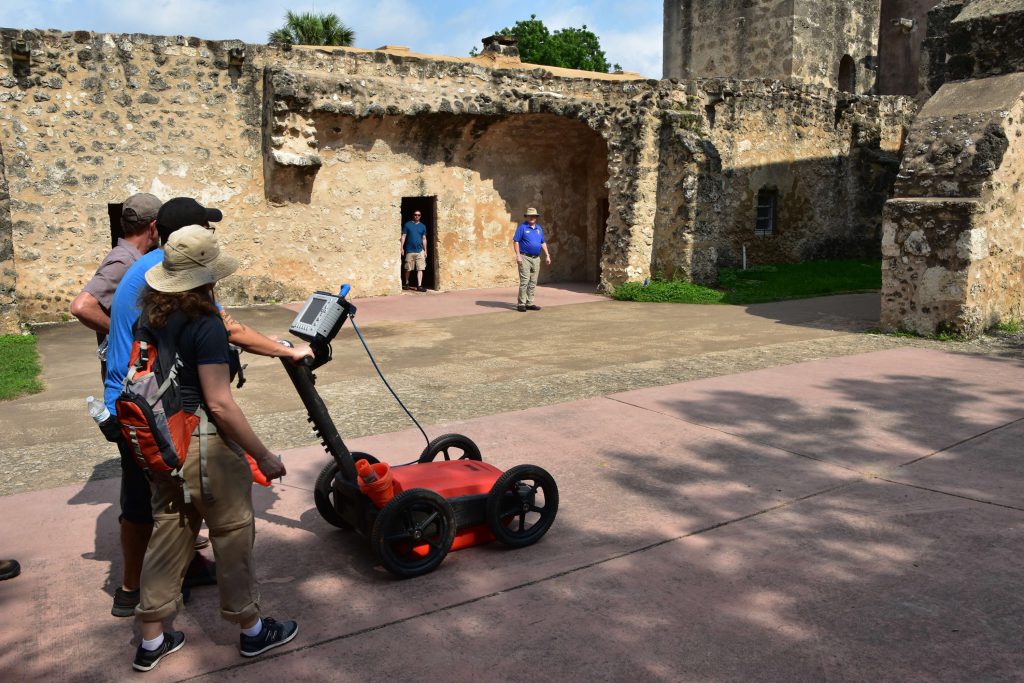
The mission is also located next to an ancient spring that deposited tufa, a highly porous freshwater limestone rock. The tufa was quarried to build much of the mission in 1755. The tufa is barely karstified but contains many karst-like holes from how it was formed. Could the gravel or tufa be related to the sinkhole and subsidence, and how big of a threat are they to the mission?
Working with the National Park Service, NCKRI helped assemble a team of experts on the local geology, plus structural engineers, architects, and geophysicists for an evaluation in May 2019. Dr. Evelynn Mitchell of St. Mary’s University, who has worked with NCKRI on other projects, brought her ground penetrating radar equipment for an initial evaluation. Her results were helpful, but natural and artificial interference limited their interpretation, so many questions remain.
NCKRI will continue to work with the park and other partners to understand this potential karst area and the reasons for the subsidence in order to preserve this internationally important cultural treasure.
Projects Outside of US National Parks
Karst Research Standards
Standards for the study and management of karst are created around the world, but often by people who have good intentions but lack expertise in karst. This situation led NCKRI to work with ASTM International, which develops all manner of tests, guidelines, and standards used worldwide, to create a Karst Subcommittee.
Designated as D18.27, the purpose of the Karst Subcommittee is to develop standards that assist and/or guide the protection of karst and pseudokarst resources and assist in the understanding of geohazards accompanying those systems (pseudokarst features are similar to karst but formed by non-dissolutional processes). This responsibility includes standards relating to the classification, characterization, and properties of karst and pseudokarst systems and processes. It also includes standards involving associated site characterization, geologic, hydrogeologic, and geotechnical aspects related to potential and/or actual ground instability.
NCKRI’s Dr. George Veni chairs D18.27 and welcomes anyone with experience in karst or pseudokarst geology, hydrogeology, and/or geotechnical methods to join the ASTM Karst Subcommittee. The Karst Subcommittee aims to develop the best standards possible for the proper evaluation and management of karst.
Endangered Species Mapping
Where do you Find Endangered Karst Species?
In 1988, the US Fish and Wildlife Service (USFWS) listed five invertebrate karst species as endangered: two beetles, one spider, one harvestman, and one pseudoscorpion. These species are only known in the Austin, Texas, area in Travis and Williamson counties. Urbanization of these counties is happening rapidly. Many caves were at risk of being sealed, destroyed, or harmed by degraded water quality and other impacts. Since 1988, two other karst species in the Austin area and nine located about 100 km to the southwest in the San Antonio area have also been listed.
Following the listings, USFWS developed maps that outlined “karst fauna regions.” These regions contain similar and likely interconnected underground ecosystems. USFWS also identified “karst zones,” which define the probability of encountering the listed species in any particular area.
The “region” maps have been used to more effectively manage and set recovery standards for the species. The “zone” maps were attached to some regulatory needs. They help species and drinking water protection by guiding urbanization away from sensitive areas, allowing opportunities for purchase and protection of these karst areas by governmental and private organizations.
As new information becomes available, the USFWS updates their maps. This time, they contracted NCKRI to make the updates, but with the use of powerful GIS statistical tools not previously available to ensure the boundaries are as accurate as possible. The results are now available in NCKRI Report of Investigation 10.
Visit the U.S. Fish & Wildlife’s Karst Zone Maps and Reports to learn more about the endangered karst species.
Karst Management In The Philippines
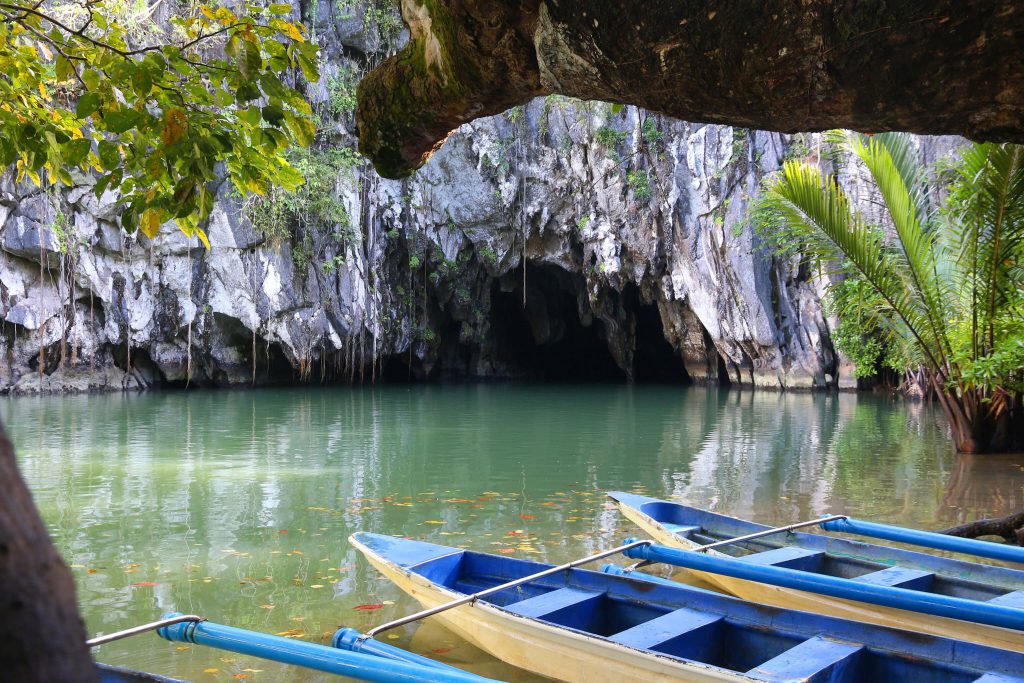
NCKRI is starting a new project in the Philippines on the island of Mindanao. Since 2015, teams of Philippine and American cave researchers have documented many large river caves and caves with spectacular speleothems in the Province of Sultan Kudarat. NCKRI will be working with local cavers and government officials on management guidelines for some of these world-class caves, and to develop a book on the beautiful caves of the area featuring photos of giant speleothems, underground rivers, and cavers.
National Cave Sample Archive
NCKRI has developed a cave sample archive. For decades, scientists have collected materials from caves and karst areas around the world. They are storing the materials in individual collections in personal, university, museum, park, and various other locations. Some collections are at risk of destruction. When an employee who was interested in studying those materials is gone, the successors of those jobs sometimes don’t see the value of keeping those cave materials. Additionally, many caves are needlessly resampled for materials when specimens already exist but are not known to the greater scientific community.
NCKRI created the National Cave Sample Archive to reduce and hopefully one day eliminate those problems. We are collecting all types of cave samples, currently focusing on materials at risk of being lost or destroyed. The archive is open to materials from domestic and international sources.
We have received two significant donations so far. The first was over 1,000 cave minerals and speleothems from Dr. William B. White, a retired professor from The Pennsylvania State University and a renowned world leader in karst research. The second was a shipment of 20 archival storage cabinets generously provided by the US Geological Survey.
Currently, we are focusing on organizing the samples into the cabinets and cataloging them into a database that links all relevant analyses, publications, and other information sources. Additionally, we will connect our database to international databases where the NCKRI samples are available for scientists who may want to study them. This action reduces the need for unnecessary sampling and damaging of caves.
Our next steps are to work with other scientists and organizations to protect any samples at risk of loss. Not all cave samples need to be physically located at NCKRI. We will also create partnerships to store, catalog and manage collections in other locations. Ultimately, this network will prevent loss of cave materials, promote better research decisions, and result in a less destructive sampling of these very limited, important, and unique resources.
If you would like to talk with us about contributing cave samples to the archive, donating funds for maintenance and supplies, or collaborating on this project in other ways, please contact Dr. George Veni at or by calling 575-887-5517.
Bat Roost
NCKRI Headquarters is the only building in the world designed to include a home for bats. The roost has an optimal design for bats and offers flexibility for study and education. The roost is made of concrete and has six crevices to serve as bat living quarters. Each crevice is 60 cm high, 6.7 m long, and 1.9 cm wide. Three-cm thick panels divide the crevices. The outer walls extend 10 cm below the roost and serve as landing pads for bats to easily access the roost. The roost has space for an estimated 5,000–7,500 bats, but since its construction completed in late 2010, no bats have moved in. What’s the problem?
Statistics show that 2–5 years are usually needed for bats to find a new roost, so the lack of bats is a surprise. Motion-activated infrared cameras have been watching for bats since September 2011, so we know that no bats have yet discovered the roost.
Since the NCKRI roost is past the standard waiting period for discovery by bats, something may be keeping bats away. For the first few years after the roost’s construction, the Carlsbad area suffered a major drought. With low rainfall, far fewer insects were in the area. Flying insects are what most bats in the area eat, and with less food, the Carlsbad area had fewer bats. With low bat populations, fewer bats were looking for new homes. But when the drought ended, the roost remained empty.
There may be other possibilities for the bats’ absence. For many years, people have seen bats dining on flying insects attracted to streetlights and have assumed that bats are also thus attracted to the lights. However, recent research in Britain found that bats avoid the lights. People see the few that stray into the lit areas, but most bats stay far away. Could it be that bats are avoiding the NCKRI roost because of the streetlights used for nighttime security?
This year we discovered another possible factor: a colony of bats emerging from the buttress of the Upper Tansill Dam, located directly on the opposite side of the Pecos River from NCKRI Headquarters. Maybe it provides enough of a home for bats in the area, and the NCKRI roost is extra space they don’t need currently?
The NCKRI bat roost wasn’t built just to provide a home to these beneficial yet often misunderstood and maligned animals, but to study them too. While we certainly still hope they will occupy our roost, it is just as vital that we understand their behavior and roost preferences. Their absence and the possible reasons for it is valuable information.
As we wait for the bats to hang out with us, NCKRI staff are analyzing data collected since 2011. We have dataloggers in three locations in each of the six crevices collecting hourly temperature and relative humidity information. While it will be great when the bats arrive, developing a good record of roost conditions before occupation is valuable too.
Once bats occupy the roost, NCKRI will conduct more public education and research about our bats and bats in general. We will include data, video, and sounds from the roost into one of NCKRI’s museum exhibits, and you will be able to watch the bats on our website!
If you would like to support NCKRI’s bat roost research, join our Adopt-A-Bat program. Your support helped us install, more accurate, and more reliable dataloggers in our roost. Continued donations will go toward adding new monitoring equipment and educational activities.

